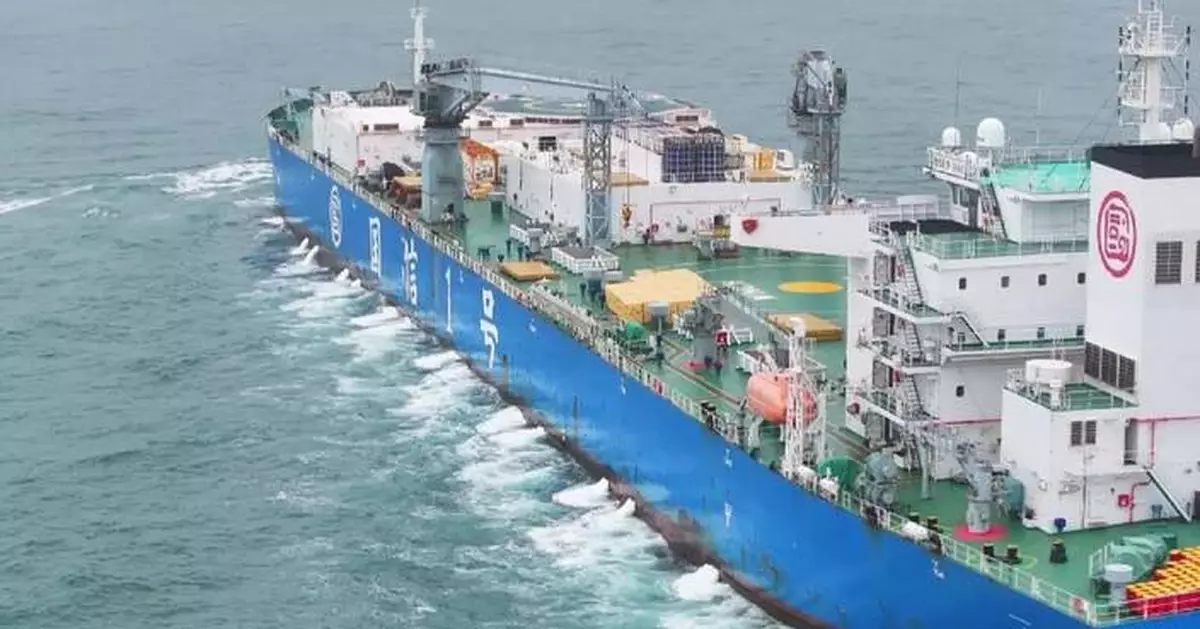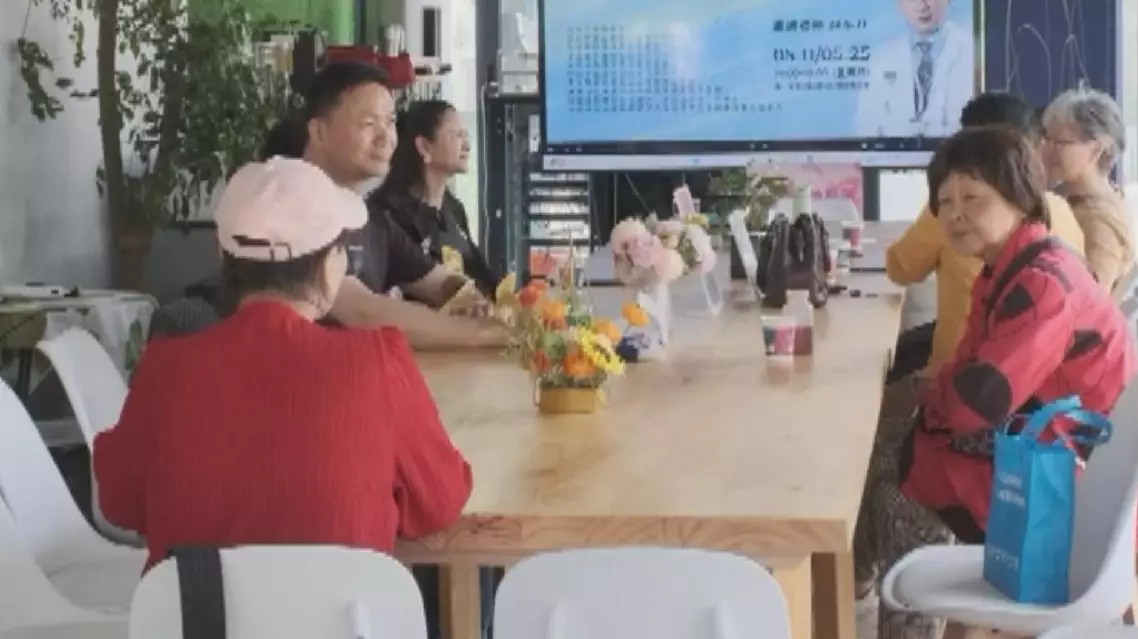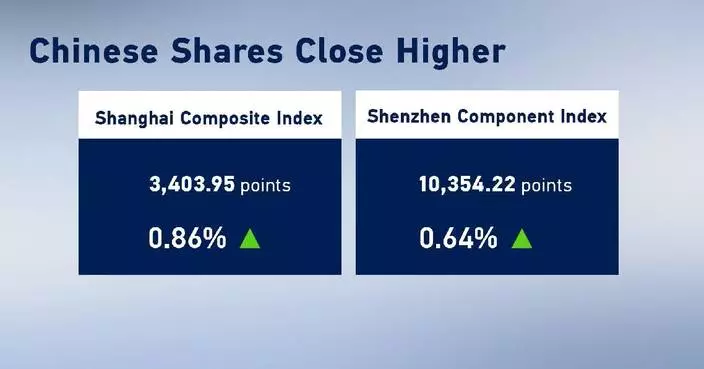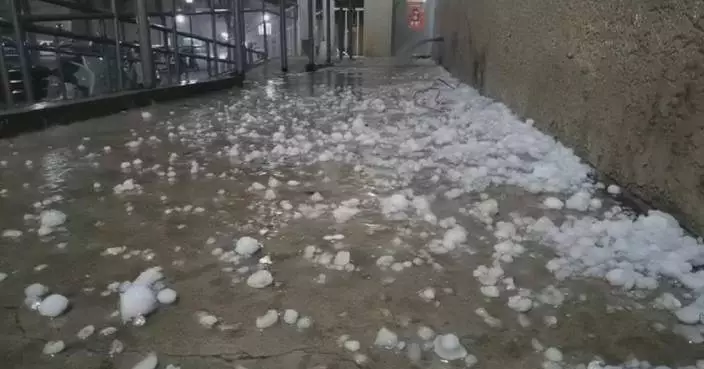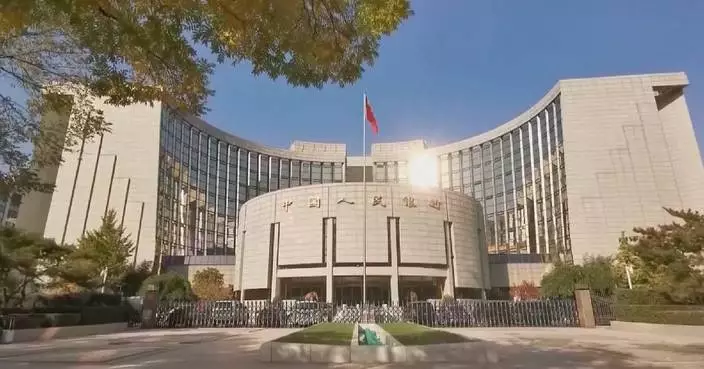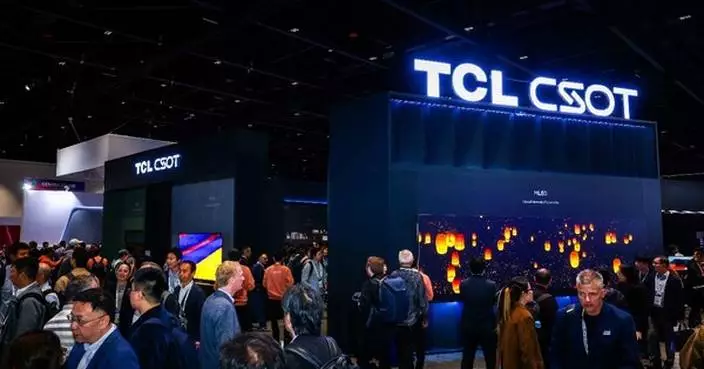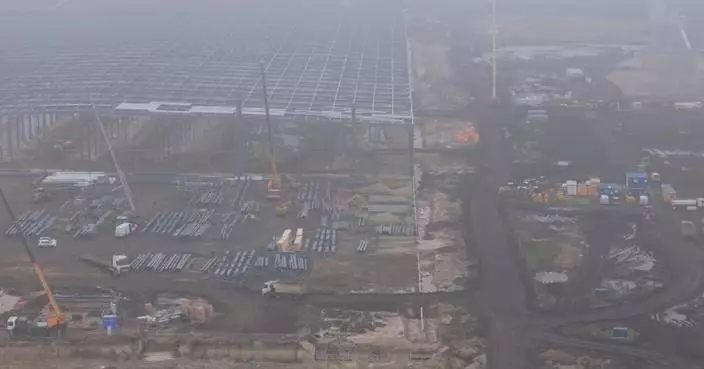World's first smart aquaculture vessel Guoxin-1, a floating fish farm now sailing in the East China Sea, has achieved an annual production capacity of 3,200 tons, equivalent to 3.3 million fish.
Measuring 249.9 meters in length and 45 meters in width, this innovative vessel has already sailed over 12,000 nautical miles since its launch in 2022.
The ship, a 100,000-ton smart fish farming vessel, houses 15 breeding cabins with a total aquaculture water volume of 90,000 cubic meters.
The vessel has already set several records, such as the largest aquaculture vessel, the largest tanks and the largest aquaculture volume.
"Actually our breeding tank is like a big fish bowl itself, but what's different is that we have running water in our tank because we bump the fresh, clean seawater 15 meters below the water surface outside the ship 24 hours a day and add it to our breeding tank. At the same time the flowing water will push our old water out of the tank," said Sun Linlin, aquaculture technical engineer on the vessel.
"(The whirlpool) is another magic weapon of our fish farming - it is a three dimensional vortex in the center formed through the design of water intake and drainage that we talked about before. For the large yellow croaker, its habit is to swim upstream. So by letting them swim against the current will make the yellow croaker we produce have more delicate and firm meat, because we keep them fit all times," he said.
"Our fish feed also has a lot of features. First of all, it can float on the water, you can put it in the water to try out,"Sun added.
"The first reason is it meets the eating habit of the large yellow croaker -- if the feed sinks to the bottom, they will basically not eat it. This will cause a waste of food, and will pollute the water body. Another reason is that our quality fish feed contains stable amount of nutrition. We can precisely control on how many meals a day and how much food for each meal. Through that we can achieve refined and scientific farming," he explained.
One of the significant advantages of the Guoxin-1 is its ability to follow optimal water temperatures for the growth of the yellow croaker, reducing the farming cycle from over a year to just six months.
The vessel can handle the entire process of breeding, feeding, harvesting, and processing, delivering packaged fish to shore within six hours. In the event of typhoons or red tides, the ship can quickly relocate to safer waters, minimizing losses.
"I used to do cage fish farming in my hometown (Qingdao). In 2022, when this ship was recruiting crew members, they said they would be farming on board. I found it incredible. But after I got on board, I found out that it was indeed very advanced. They had developed a new farming model," said Chi Lianping, a crew member on the Guoxin-1.
"My undergraduate and postgraduate studies are both aquaculture majors, but at that time, we basically learned about traditional farming and the aquaculture vessel was still a concept. I didn't expect that our country has turned it into a reality so quickly, and I'm looking forward to seeing more aquaculture vessels cruising the fellow major seas in our homeland in future," Sun said.
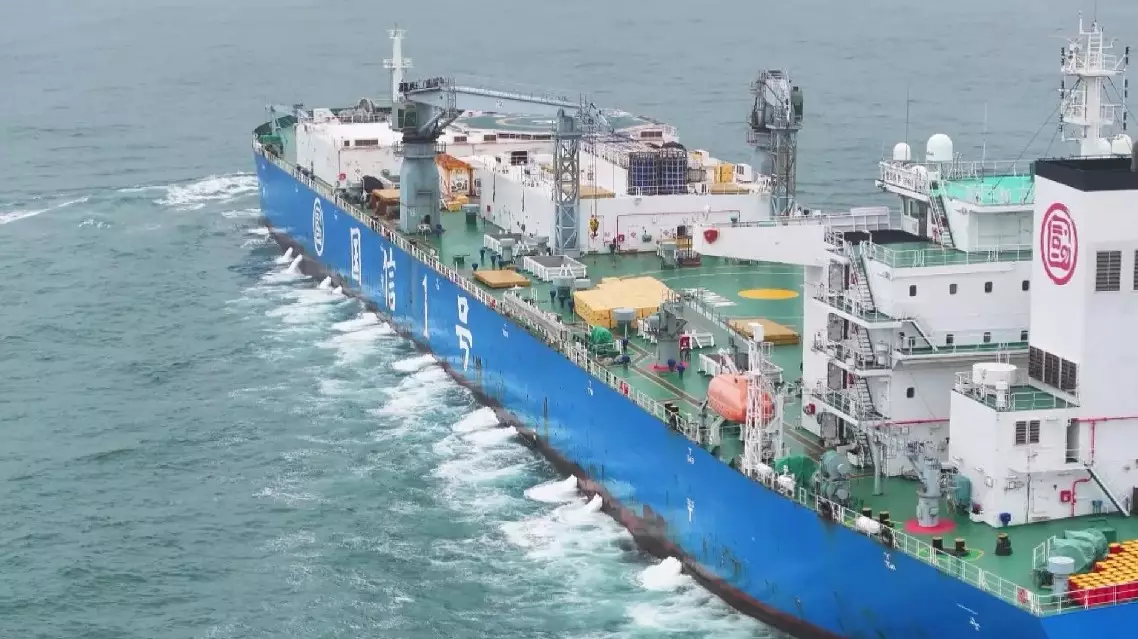
World's first tanker-sized fish farming ship Guoxin-1 yields 3,200 tons of yellow croaker yearly


